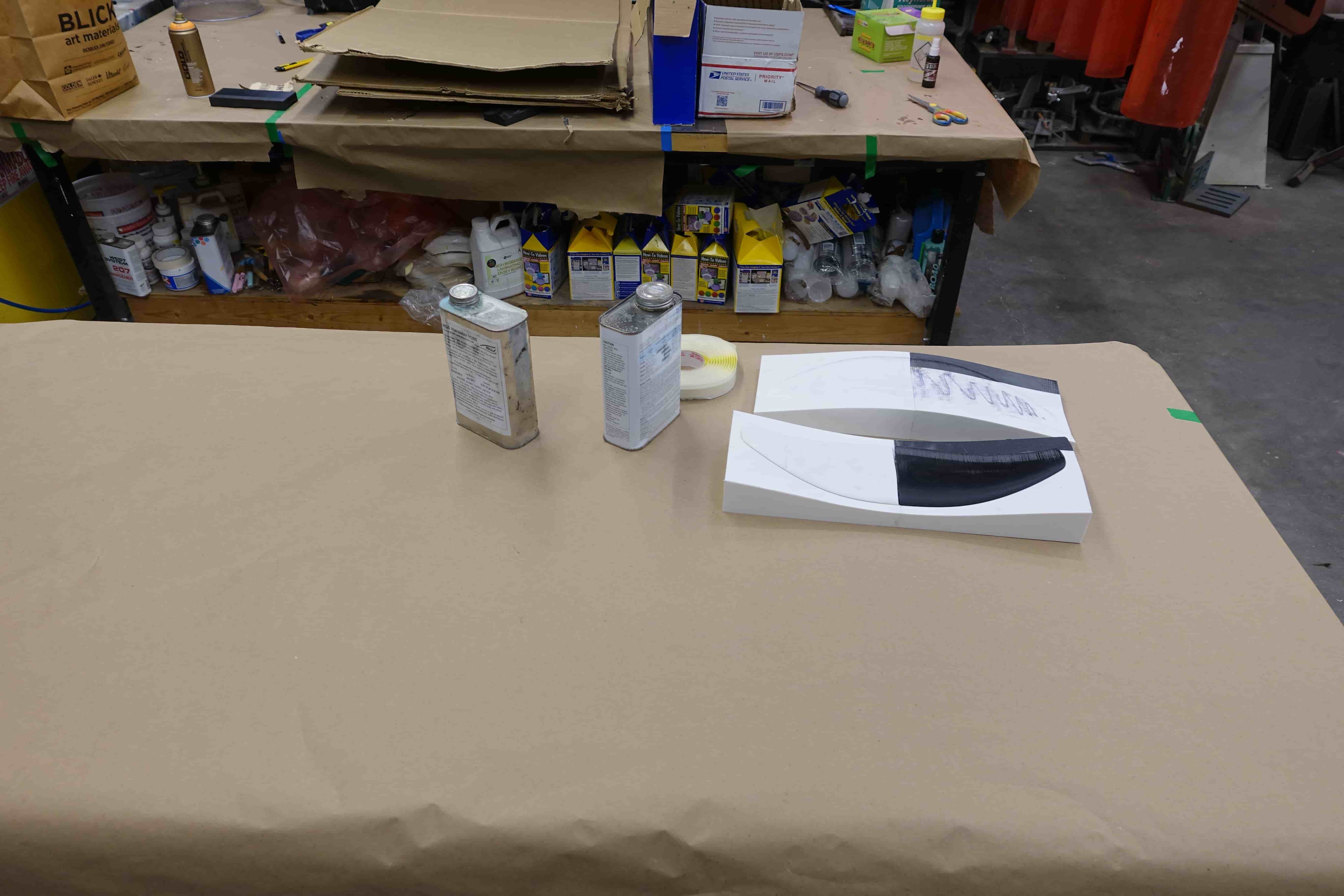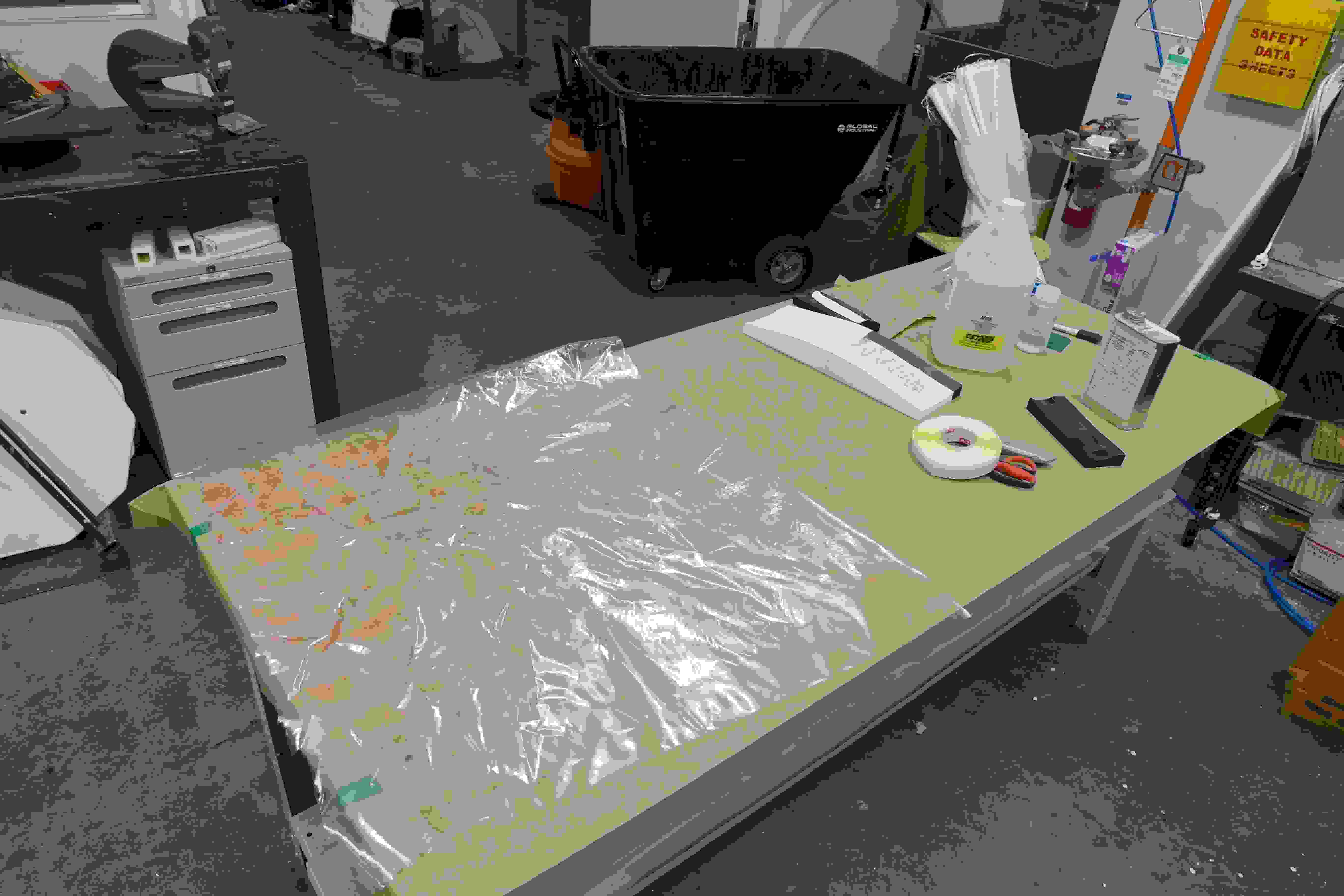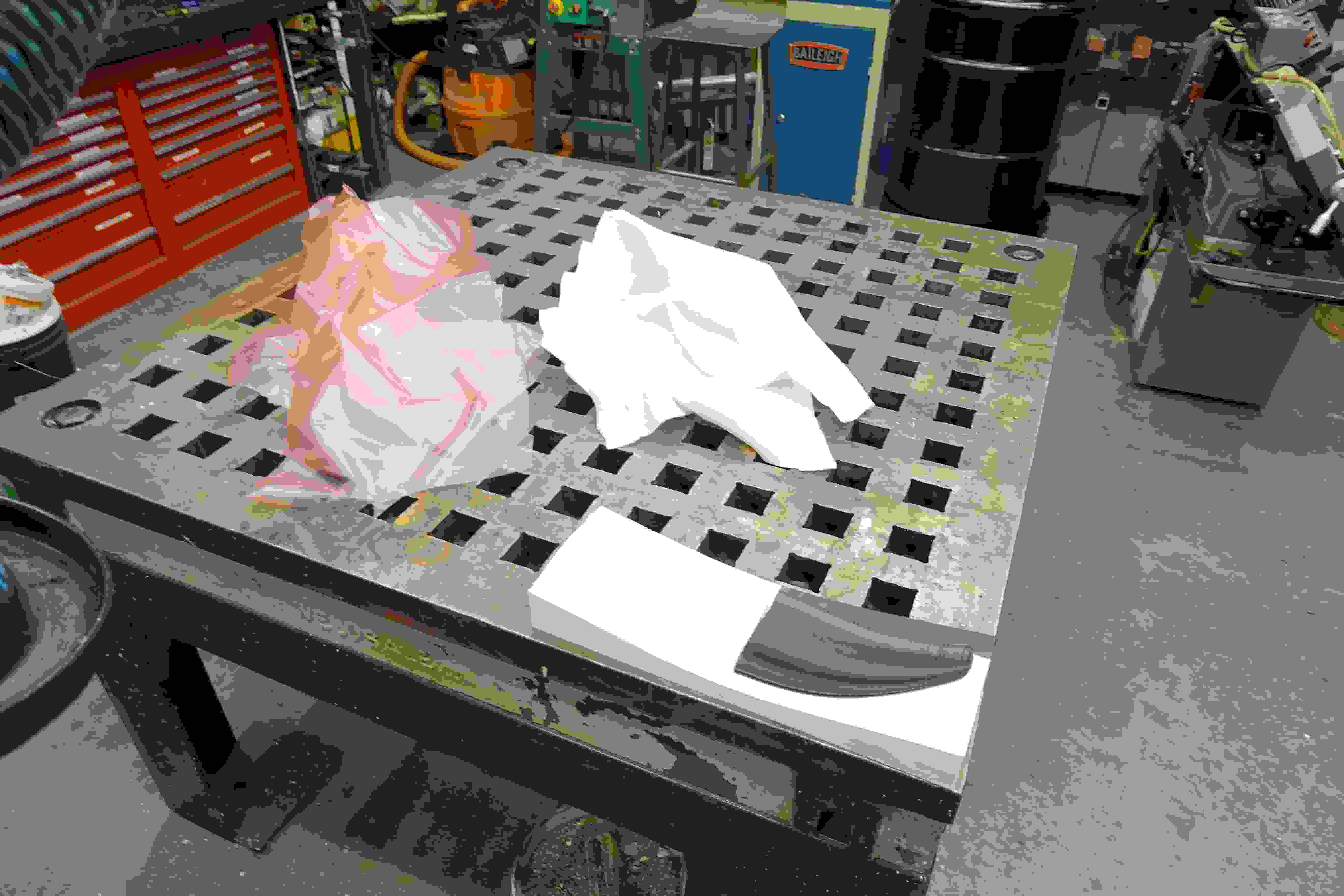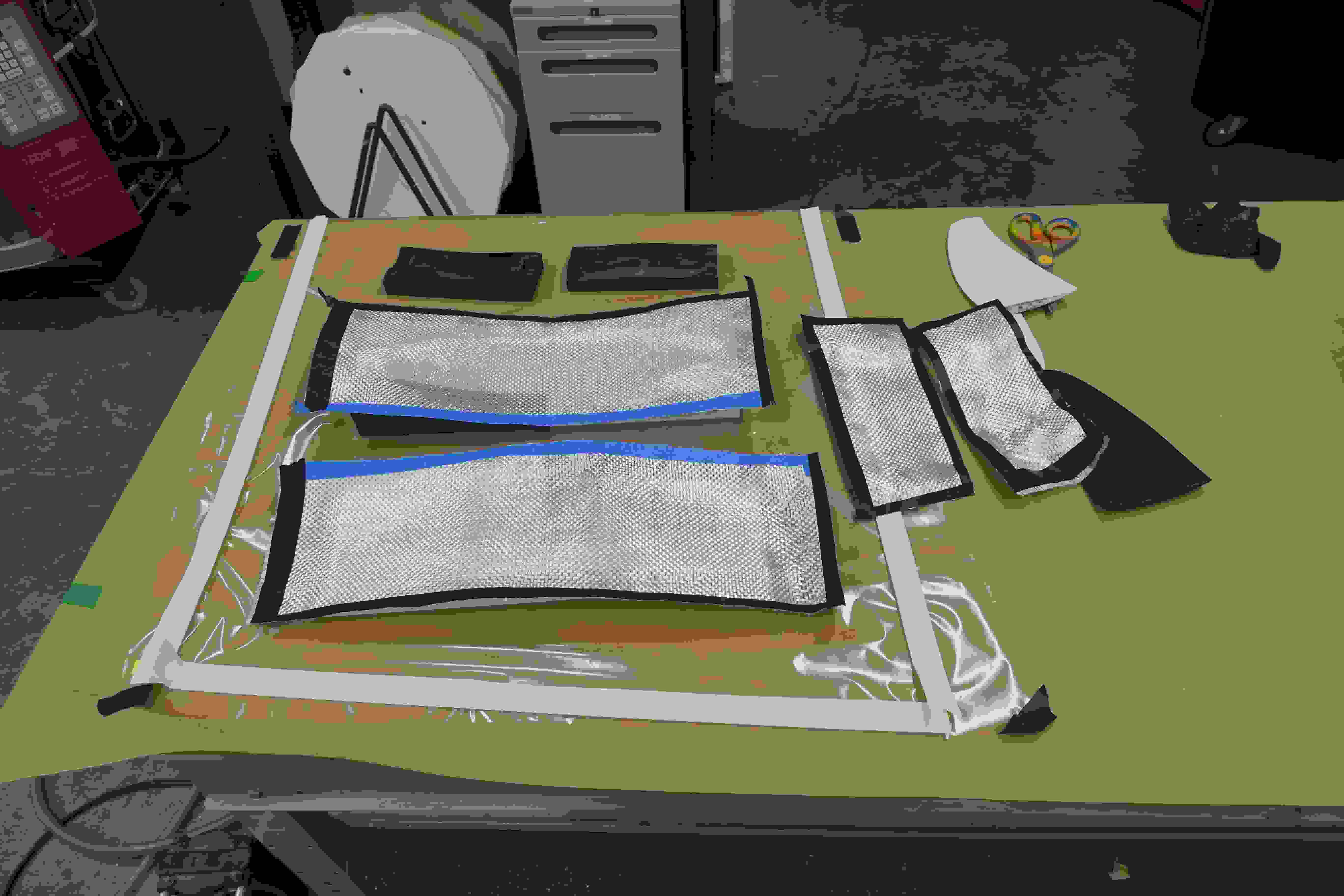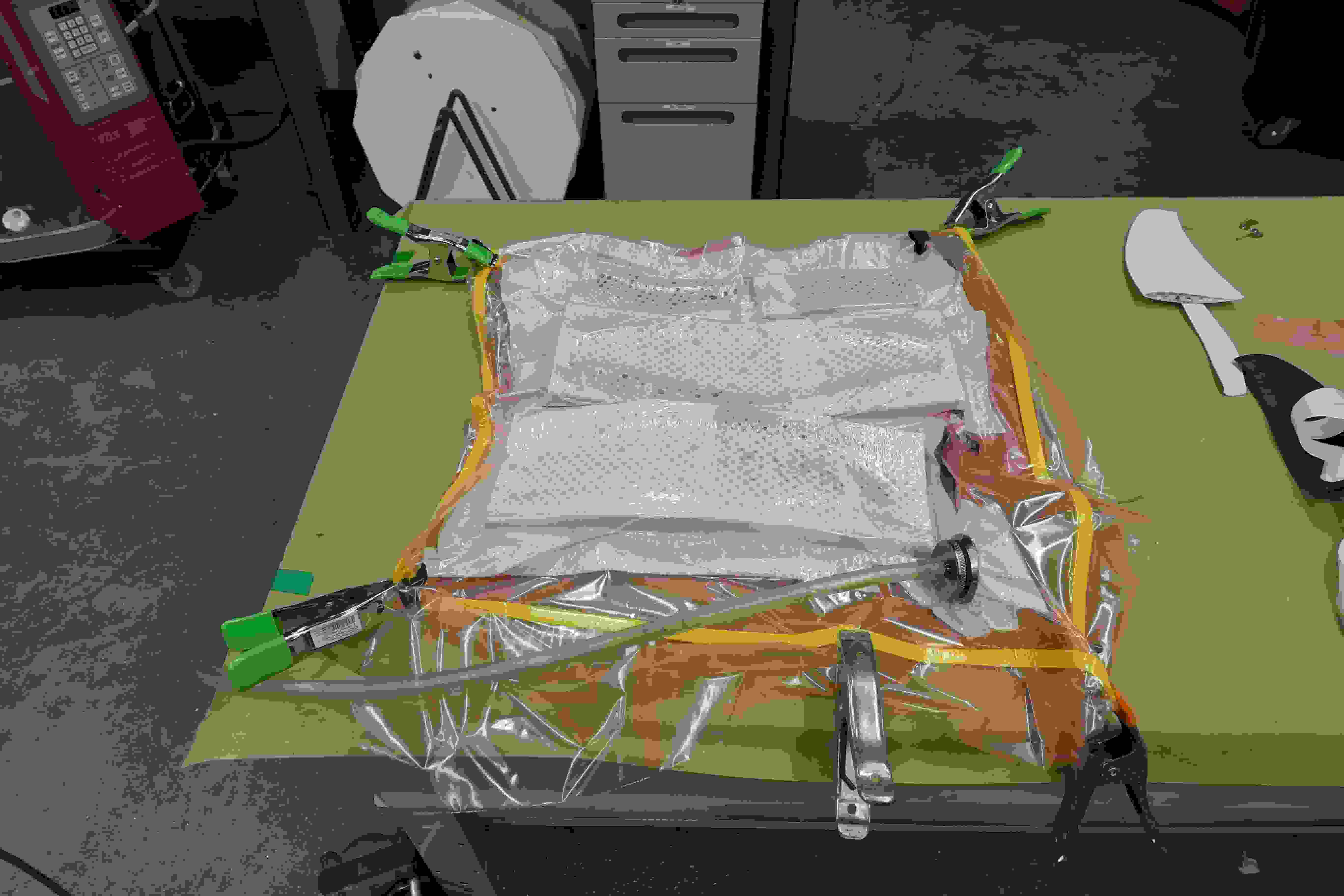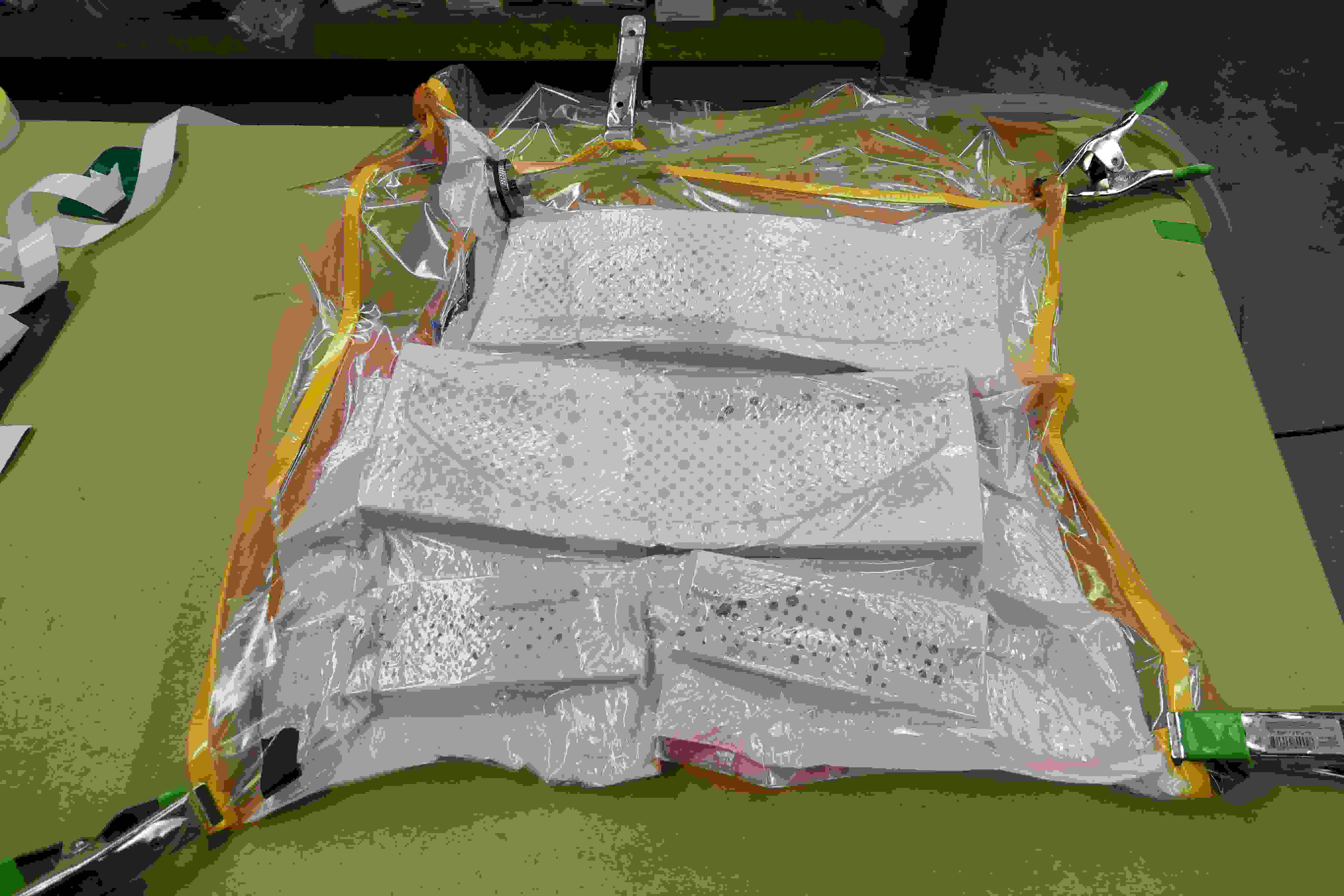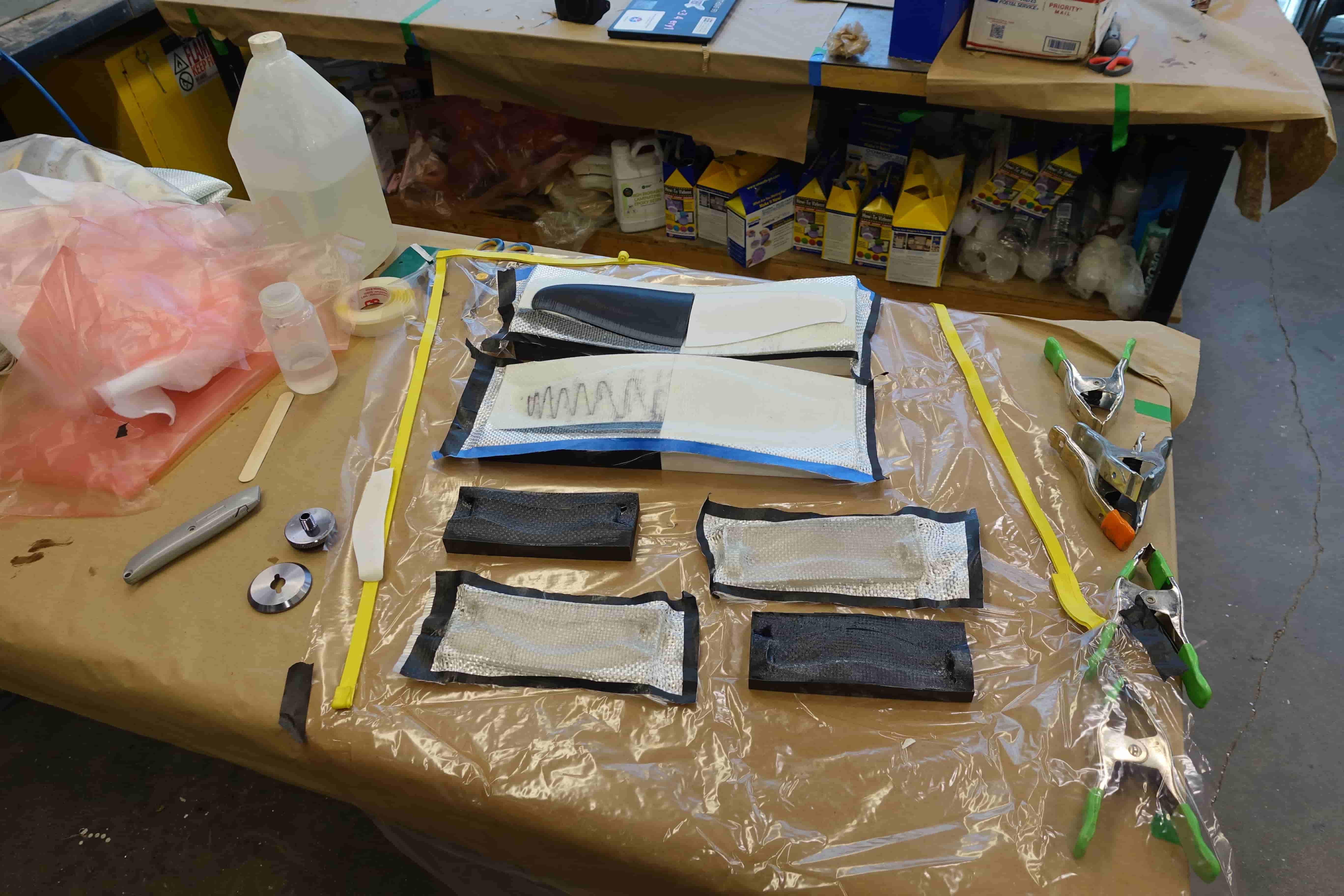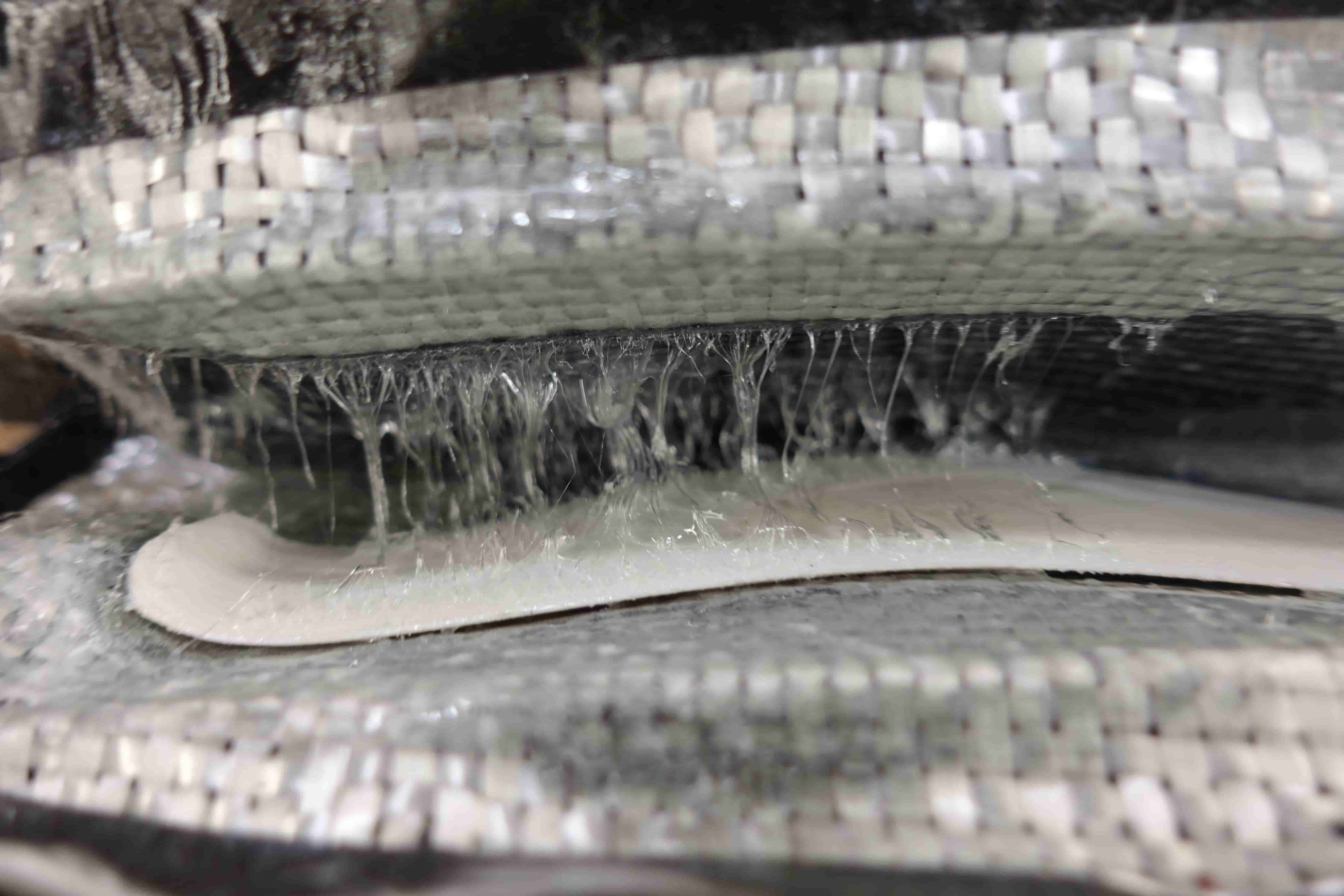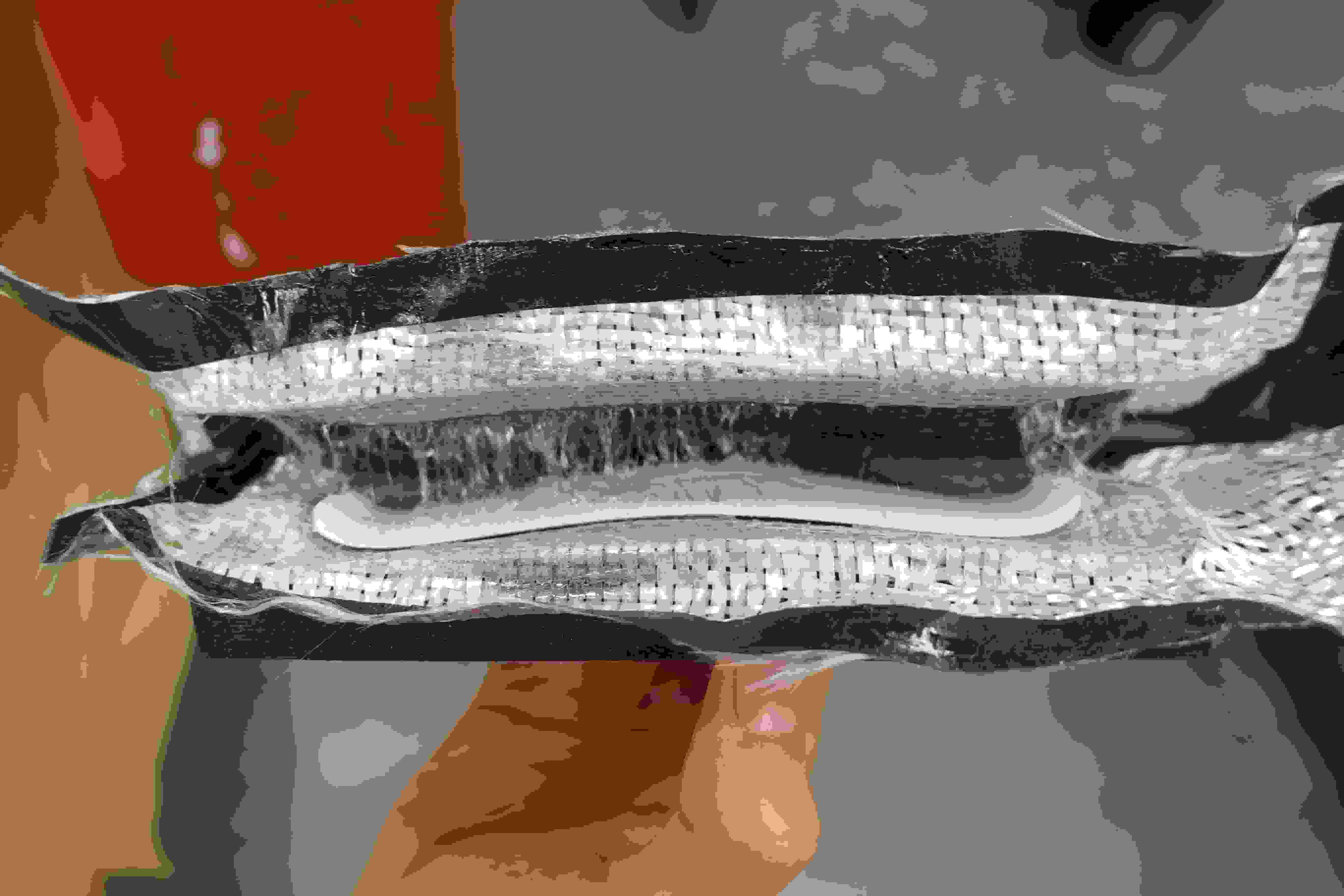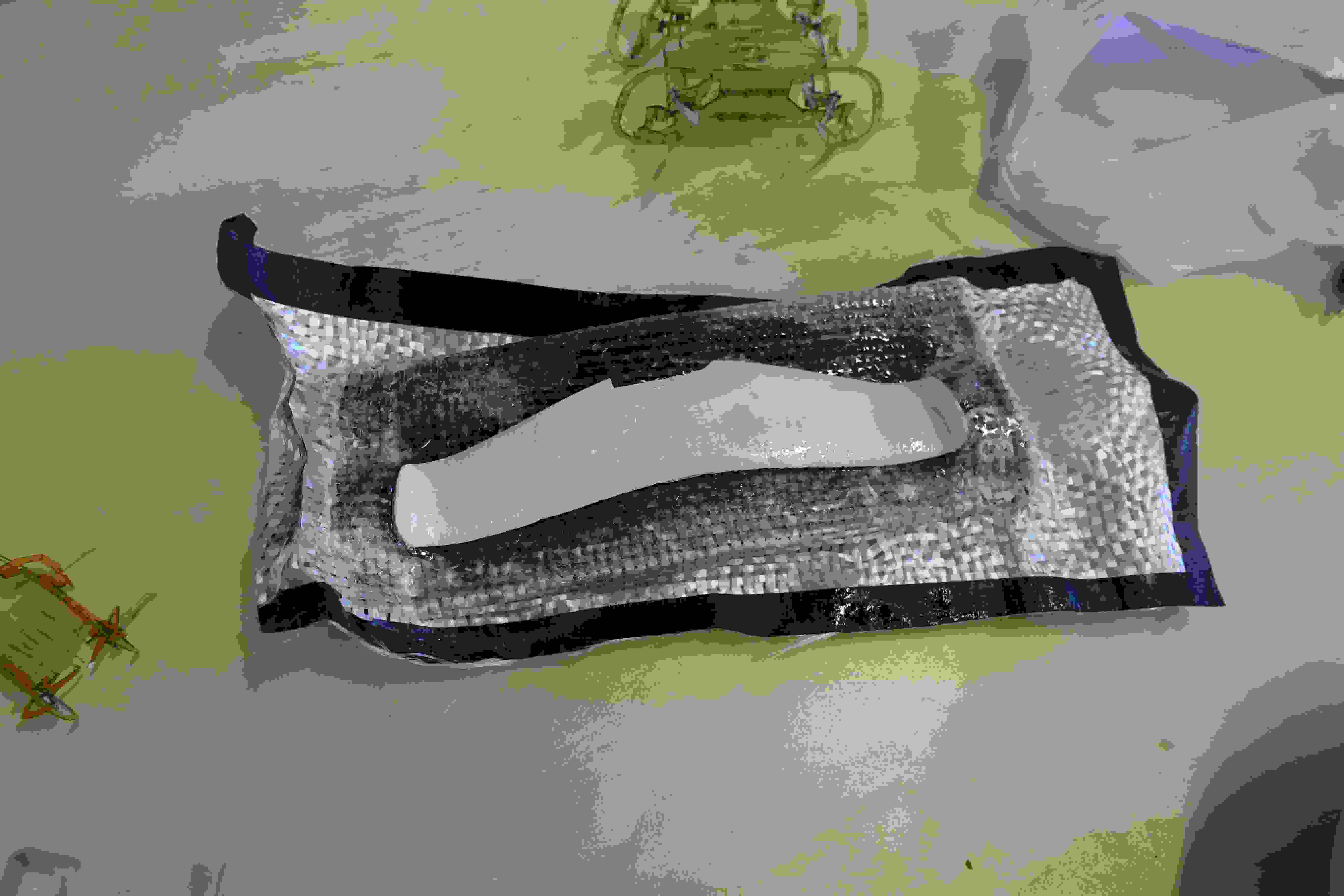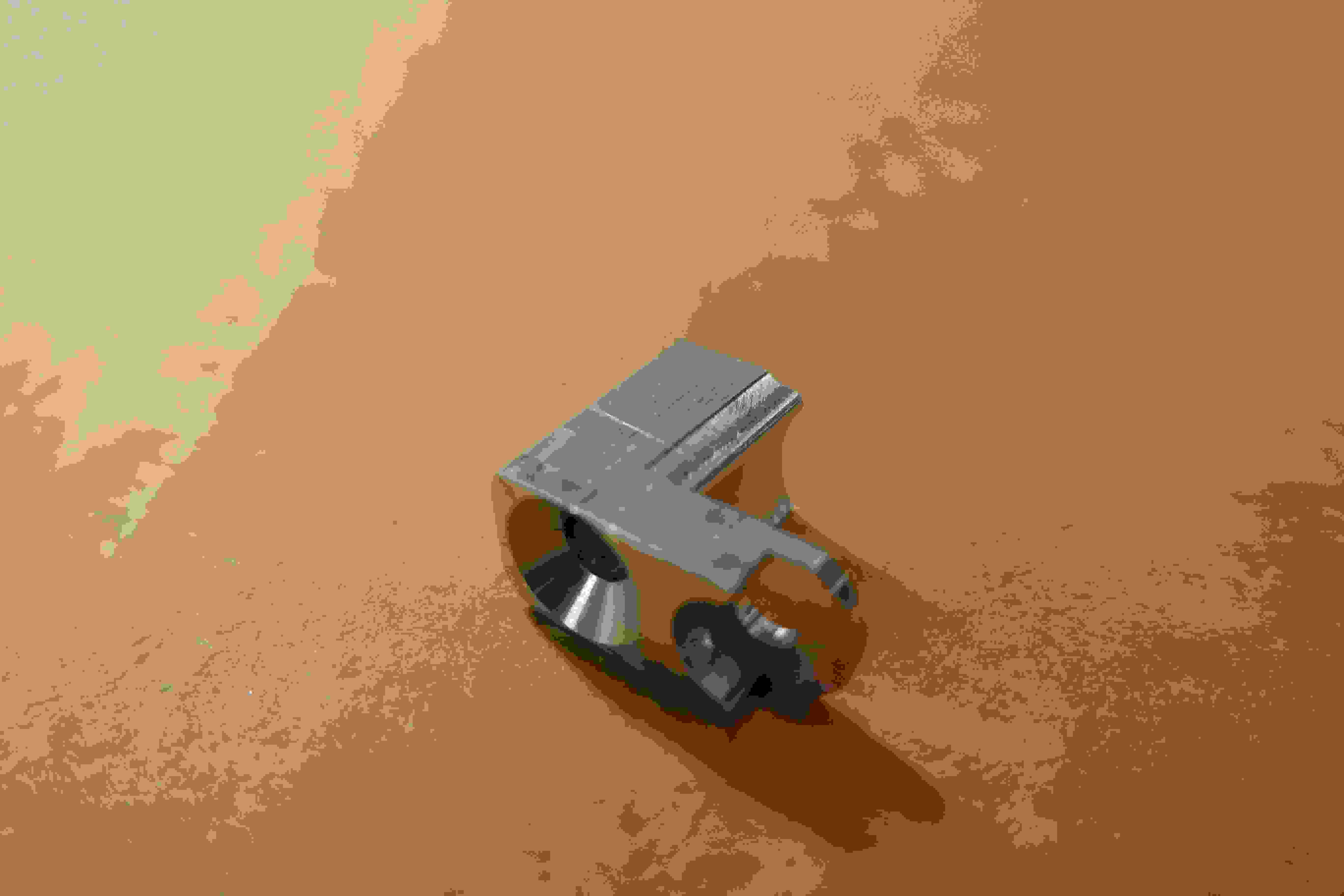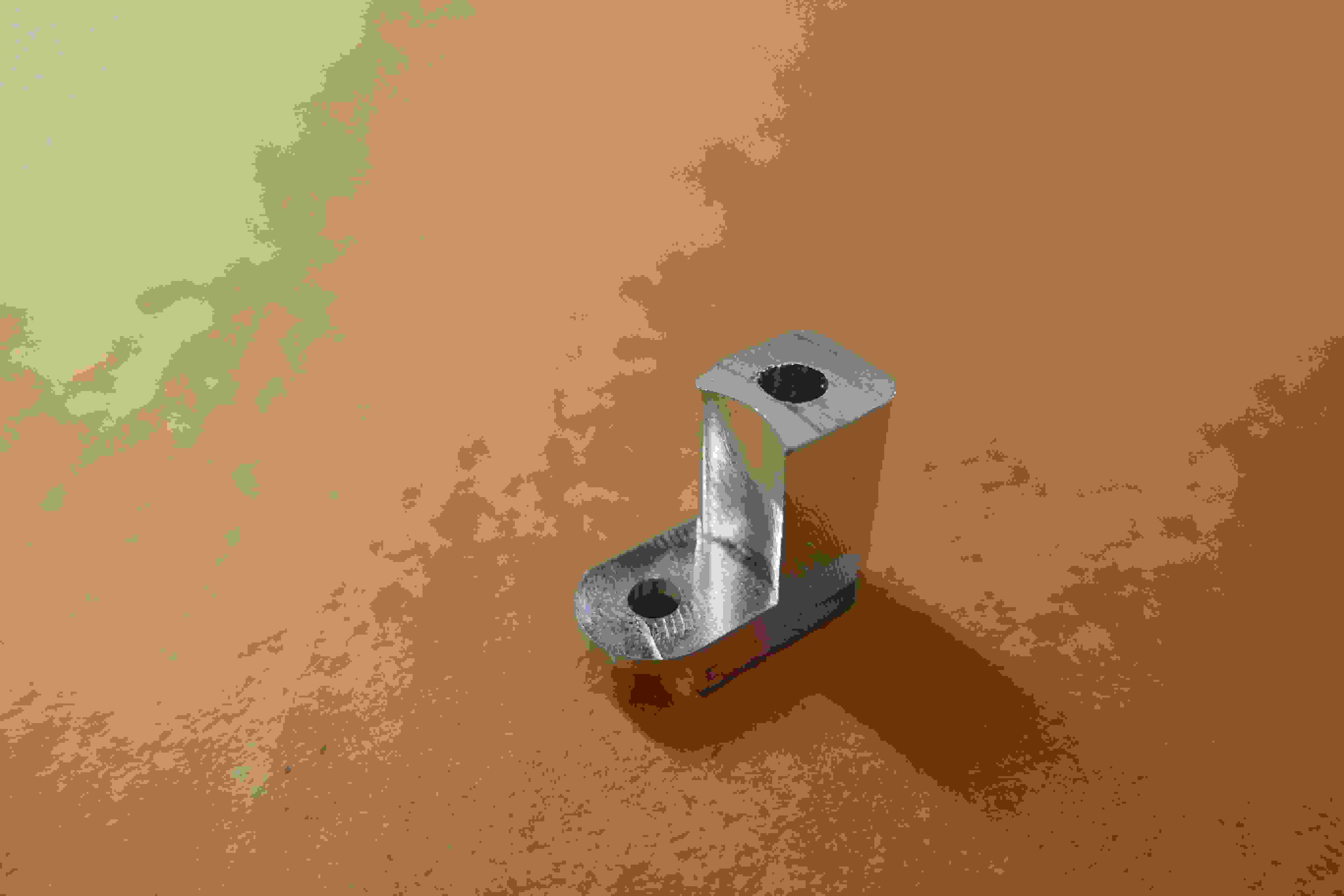Composites, Molding, and Vacuum Bagging
For Wildcard Week, I focused on learning how to use vacuum bags for composite fabrication. The idea is to layer fiber (e.g., fiberglass or carbon fiber) and epoxy within a mold. Then, by sealing the part in a vacuum bag, air pockets can be removed and uniform pressure is applied, leading to a stronger final piece with a smooth surface finish.
I experimented with a 3D-printed mold. Although 3D printing can create complex shapes quickly, it is crucial to properly seal and release-coat the mold. Otherwise, epoxy can adhere to the plastic, making demolding difficult.
